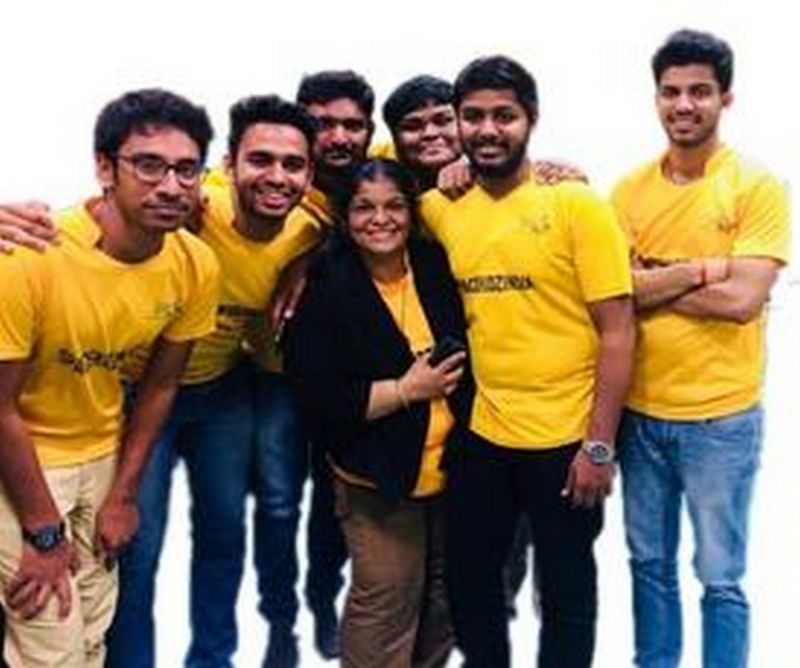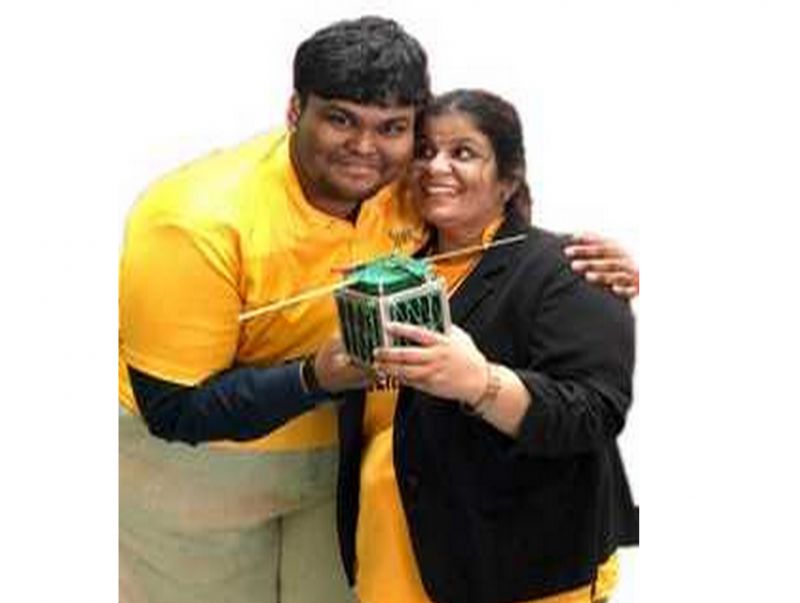ISRO puts world's lightest satellite into orbit, made by Indian students
Kalamsat v2 is the world's lightest satellite made by Indian students, and weighs just 1.2Kgs.

ISRO’s rocket launch on January 24 was mainly to put into orbit a 740-kg satellite named Microsat-R that will be used to take high-resolution photographs of the earth. This satellite will be used by the Indian Defence research team. The satellite was launched using the Polar Satellite Launch Vehicle (PSLV) and was successfully placed into orbit. However, what also stole the show was another satellite that was also put into orbit. It is the first such satellite that was designed and built in India.
Onboard the PSLV was the world’s lightest satellite that was built by Indian students. This satellite weighs just 1.2Kgs and is named Kalamsat v2. The satellite cost the student team around Rs 12 Lakhs, but ISRO launched it into orbit for free.
The 1.2Kg Kalamsat v2 was prepared in 6 days, and was under development since the last 6 years. The 20+ team of students at Space Kidz India were headed by Srimathy Kesan.

About 13 minutes 26 seconds after the PSLV lift-off, Microsat-R was successfully injected into intended orbit of 274 km. After injection, two solar arrays of the satellite were deployed automatically and ISRO Telemetry Tracking & Command Network (ISTRAC) at Bengaluru assumed control of the satellite.
Subsequently, the fourth stage (PS4) of the vehicle was moved to a higher circular orbit of 453 km after two restarts of the stage, to establish an orbital platform for carrying out experiments. Kalamsat-V2, a student payload, first to use PS4 as an orbital platform, was taken to its designated orbit about 1 hour and 40 minutes after lift-off.
This flight marked the first mission of PSLV-DL, a new variant of PSLV with two strap-on motors.
In the previous PSLV launch on November 29, PSLV-C43 had successfully launched India’s HysIS as well as 30 customer satellites from abroad.
In his post-launch address, Chairman Dr K Sivan said the PSLV-C44 mission was unique as it was for the first time ISRO used the last stage of the rocket as a platform to perform experiments in space.
“I hope the student community will make use of this opportunity being provided by ISRO. This new low cost technology will help students to conduct several inspiring experiments in space by attaching their instruments to the last stage of the rocket,” Dr Sivan said.
He congratulated Kalamsat-V2 team for their perfection in making satellites. “We must strive for science-oriented India. ISRO is open to all students across India. We want students to bring their satellites to us and we will launch them. Young scientists will shape the future of India,” Dr Sivan said. He also introduced the Kalamsat-V2 team.
Kalamsat v2 is a 10cm cube satellite weighing just 1,200 grams. This satellite launched from Satish Dhawan space centre, Sriharikota on 24th January 2019 at 23:39 hrs IST. Kalamsat v2 uses modified new kind of electronic systems and buses which makes use of commercially off-the-shelf components to make the space exploration easier and economical. The development team will be testing the performances of these newly modified systems like OBC, eps, communication, and structure.

Kalamsat will be the first-ever satellite to use this ps4 as the orbital platform and do research. It will reduce the cost of space exploration and launch very much and also reduce the development of space debris.
The Kalamsat v2 satellite was entirely built by team Space Kidz India.
